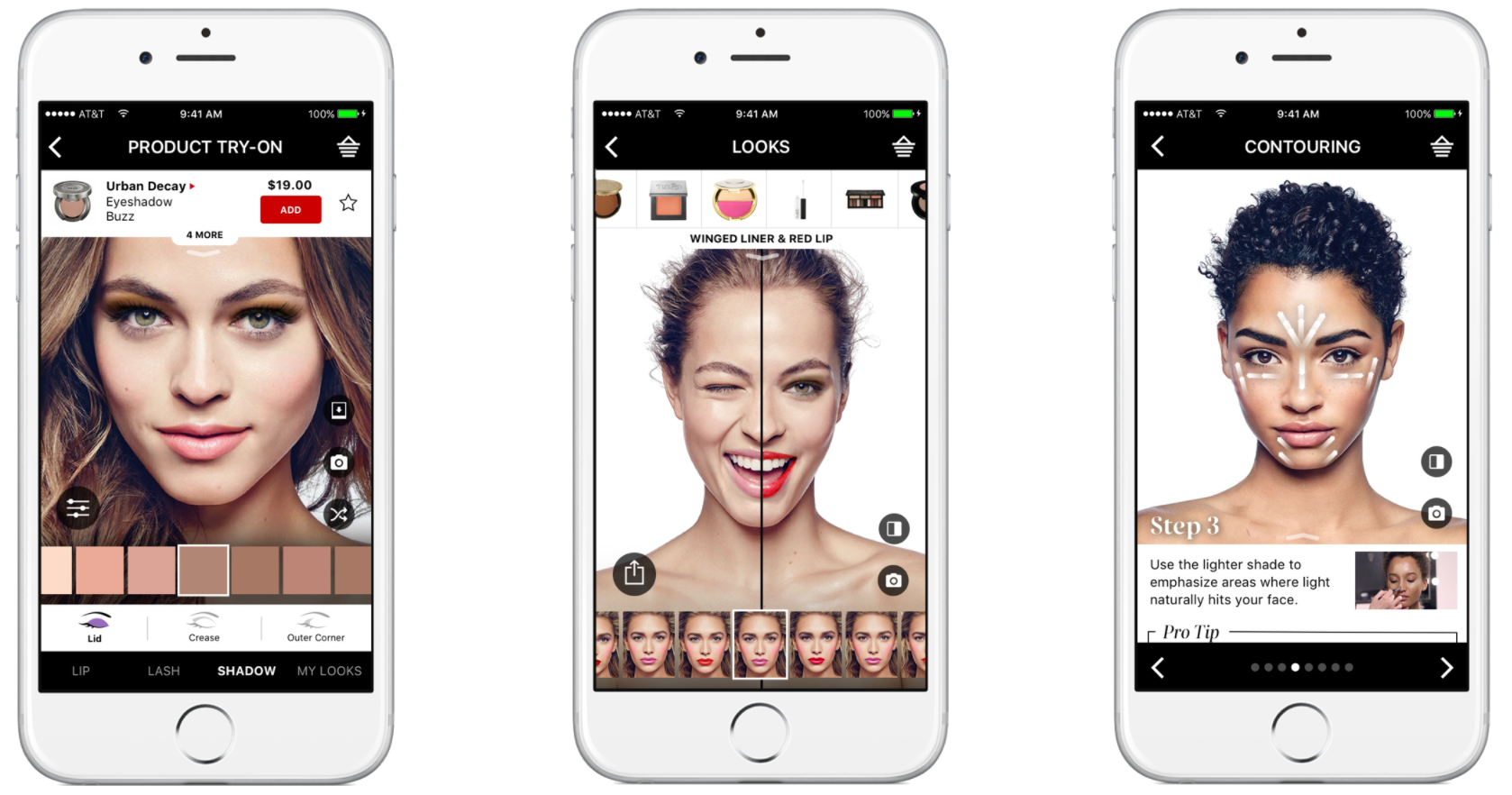The Beauty Industry After CoVID-19

There’s no amount of internet research on undertones, swatches, or ingredients that can compare to just trying a foundation on your face. The same can be said for serums, or eyeliner, or lipstick; there’s just an unmatched security in test-driving a product before you buy it. You can see for yourself whether the shade suits you, how it wears throughout the day, and how it reacts with your skin, all before committing to the purchase! This is one of the greatest allures of brick-and-mortar cosmetics.
For the average makeup consumer, places like Sephora are the easiest way to try a multitude of products at once. In fact, e-commerce contributes to 15% of all US retail in 2008 but only accounts for 5% in the health and beauty sector. Despite the growing convenience of online shopping, consumers still prefer to try before they buy when it comes to their makeup. Yet, retail beauty is on an indefinite hiatus, with stores like Sephora and Ulta closed for the shelter-in-place period. Launches have been delayed, with data showing that customers are simply not interested in new products right now. Brands with e-commerce infrastructures have quickly announced sales and free shipping, and social media has become even more pivotal to marketing makeup. As non-essential businesses reopen, the hygiene concerns of beauty retail mean that the industry may recover much slower than other retail sectors.
CoVID-19 will catalyze a rapid shift to digital services and technology in the beauty industry. Currently, the industry is rapidly adapting to remote work, with service providers like hair stylists and makeup artists offering online classes and consultations in lieu of direct contact. Artificial intelligence and augmented reality will also continue to play a huge role. Sephora’s Virtual Artist is an app feature that leverages AI and AR to allow shoppers to try on products with surprising accuracy from the comfort of their home. Combined with other features that help you through your skin type or style, Sephora has done a phenomenal job of approximating their retail experience online and sets an example for how the rest of beauty retail will adapt. Although these virtual services aren’t quite the same as hitting up your local Sephora, it can come pretty close.
Report: Emily Hui
Being a black gay creative for me feels liberating but at the same time there’s pressure. Pressure in needing to express yourself to a white society, that you are enough; what feels like having to explain my existence. having to explain why who I am and the art I produce is more than a hyper sexual view, but just what it is, art - expression, my expression.
Summer is here and it’s important for every woman to feel beautiful in their own skin. Support these amazing companies that offer some beautiful swimwear pieces that will leave you feeling confident and vibrant.
It's always been important to support black designers, but amid a pandemic and sociopolitical crisis, these black artists and business owners need your support now more than ever!
While people have shown concern for the rapper, others have taken the opportunity to make jokes about the incident. Within the last couple of months, the topic of how Black women are marginalized in society has become more prevalent.
The sudden worldwide shift to Digital Fashion Weeks has engendered confusion and ambivalence among designers and fashion brands, particularly in regards to the content of their promotional videos.
After witnessing the backlash from Simone Biles Vogue cover I had to sit aside and ponder: Why is it so challenging for some photographers to capture the beauty of black skin/people? Our undertones, our glow, even the texture of our hair. So, like always I went looking for methods to best capture dark skin.
This spicy blackberry and plum sauce recipe was a push for something different and will now be my go to condiment for the summer season.
Black women die at a rate three times higher than white women when giving birth. The death of Sha-Asia Washington has shown the racial disparities Black women face in childbirth.
Shoot for the Stars Aim for the Moon is the first posthumous album to reach No. 1 since 2018. Pop Smoke and XXXTentacion are two of the four hip-hop artists with posthumous No. 1s. They follow The Notorious B.I.G. and 2Pac, who each have three posthumous leaders. R.I.P to the Woo.
If you are keen to look your very best at all times, and you are aware that this might require that you are putting a certain amount of effort into it, then you might find it helpful to know about some of the essential aspects to beauty that can help here.
If you have noticed that your confidence has suffered in recent months or years, you should be doing whatever you can to get this back. There are plenty of things that you can do in this regard, and it all depends on what is going to be best for you and help you achieve the results that you are looking for.
Morphe's Newest Venture, Morphe 2 is Teaming up with D'Amelio Sisters, Charli and Dixie
Flawless Foundation Foundation is the base of every great makeup look. It can make or break your entire look if not done correctly. Finding out new beauty tricks when it comes to applying your foundation can be great, but once you have the correct beauty tips for applying foundation, you may not need any tricks.




















At the rise of Covid-19 many of us first questioned the timeline of fashion week and would we see the regular calendar continue - the question weighed over many of us for months! It was refreshing to see design houses and designers across the globe take advantage of the uncertainty and plow into production mode - thus my interest in Jerri Reid New York - The Black Designer based in Brooklyn New York wow’d instagram with his latest collection paying homage to the Black Is King film which debuted earlier this year in July. I was taken aback at quick of a turn round the young designer produced and released his well crafted designs reflecting some of the films most memorable moments.